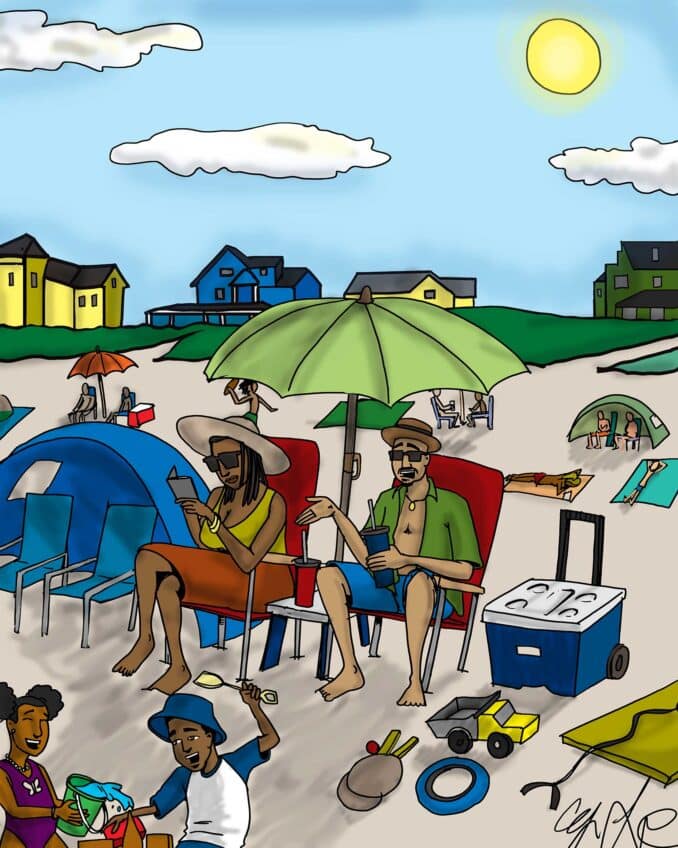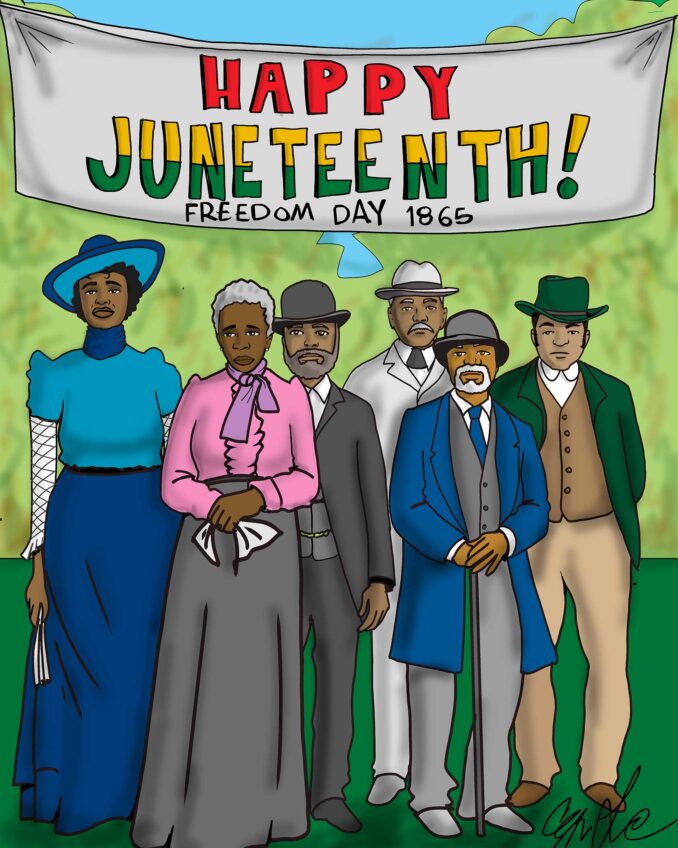The Bomber Cover on Rolling Stone has an unexpected negative impact
For years African Americans have objected, upon occasion, to the way they are portrayed in the media. At one time a story on poverty in America would almost always show a picture of a destitute black family. This constant characterization created the impression, in some areas of the country that poverty was a black disease, when there are actually more poor whites than poor blacks.
The rebuttal to the blacks’ complaint is that there should be no criticism if the editorial content of the story is accurate. The art work should not be taken so seriously. However, objections to the cover of the August issue of Rolling Stone magazine have turned that argument on its head.
Critics believe that the cover photo of Dzokhar Tsarnev makes the Boston Marathon bomber appear to be of equivalent status to the rock stars and other celebrities who’s photos grace the cover of Rolling Stone. Tsarnev is glorified, they believe, while the bombing victims suffer in painful obscurity.
This dispute acknowledges a serious problem in American society. Public attention is so exhilarating that many people do not care whether the publicity is favorable or disapproving. Such indifference is more common among the young, as long as they do not lose status with their peers.
The problem with the photo is not that it overshadows the plight of the bombing victims. The problem is that it is an amorally pleasing depiction of someone who has committed an especially heinous act. On the other hand, the choice of photo is consistent with the sometime cynical considerations of the artists and editor. They must have surmised that an essentially alluring photo would generate newsstand interest.
People should learn from the reaction to the Tsarnev cover and the almost addictive appeal of the Bulger hearings that degeneracy is attractive and the press has a great impact on public attitudes by the very nature of its representations.






